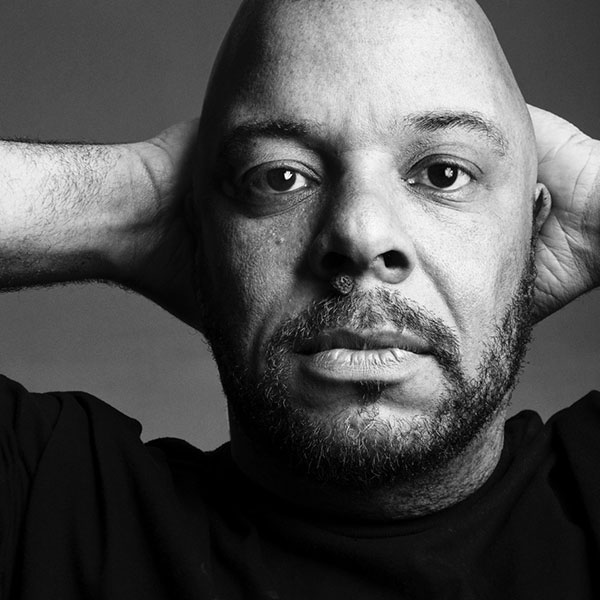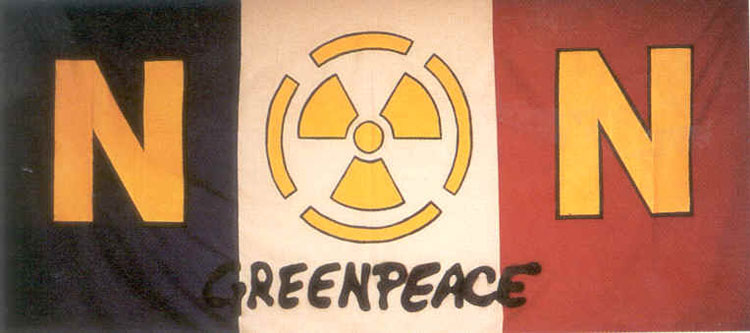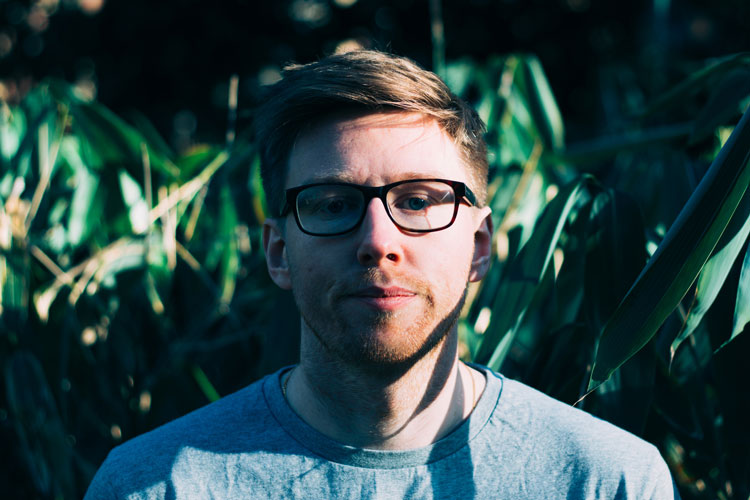Designers’ acts of protest: Anti-selfie murals and standing up to sexism
We recently looked at anti-Trump protesters’ hand-made placards – now we ask designers to talk about their own biggest acts of protest.

“I’ve become quite alarmed by the over saturation of information and subsequent apathy towards important issues. As someone who is kept awake by climate change, bigotry and gentrification, I felt angry with people’s willingness to ignore these things from the safety of their sofas, watching boxsets and taking selfies. So, given a blank wall to paint at The Flora, a student pub in Cardiff, I created my protest – Punk Isn’t Dead, a mural depicting a despairing punk overlooking a scene of Pokémon-chasing, selfie-taking chaos, complete with giant Pikachu. I later learned the pub was to become a Pokémon Gym in the smartphone game Pokémon Go – perfect.”


“You have to stand up for what you believe in, no matter how small that protest might feel. I refused a record company request to thin down (in Photoshop) the thighs of a perfectly healthy, beautiful young girl for the record cover of a famous pop band we were designing. It didn’t go down too well with the powers that be but as designers we have a responsibility to consider the messages we are putting out to the world. I felt the request was perpetuating the myth about what a female body ‘should’ look like and this was well before the issues of body image with young girls was a hot topic.”

“In 1998, we were appointed to design a zone in the ill-fated Millennium Dome that had to anticipate the future of play. Our high-profile communications sponsor required the pavilion to be dedicated simply to interactive TV. We had different ideas, which resulted in spectacular confrontation; me standing up and leading my team out of a critical client/sponsor meeting into the cafe next door, facing the potential of immediate contract termination. Amazingly, the client encouraged us, sponsor-free, to develop our prototype concept – The Playzone, a speculative, interactive, immersive space showcasing emerging digital media artists who really did predict future play.”

“I don’t really wave placards – my approach to protest is to create situations in which people make a discovery for themselves, aimed at changing their opinions.
It frustrates me that the school system results in so many people losing their confidence in subjects like art at an early age. My solution is to create mass-participation creative events that dispel this misconception.
My current act of protest is against typography being reduced to a landscape of easy-to-read, sans-serif typefaces. Rather than design ‘save the serif’ posters, I invite people to take part in experiments and challenges, at the end of which they are very unlikely to reach for their go-to sans-serifs again.”

“As an established designer of African-Caribbean heritage working in the mainstream visual communications industry for over 25 years, I have contributed my creative expertise to many a campaign over the years. From self-initiated projects encouraging the Royal Mail to recognise the contributions of black heroes on postage stamps, to initiatives such as Operation Black Vote, aimed at mobilising the black community to realise the power of their vote.
But the most notorious one would be the campaign that I was part of in protest against South African theatre director Brett Bailey’s Exhibit B installation, a live recreation of a ‘human zoo’ that was due to be staged by the Barbican Arts Centre in 2014.
After a huge public outcry and petition signed by over 23,000 people, which included a protest outside the venue on the opening night, the organisers decided to pull the entire show, which was the first time this had ever happened in the Barbican’s history.”

“As a designer and communicator I’ve always felt a strong sense of duty to use my skills and tools to fight for the weak, speak up for the marginalised and defend those who are persecuted – the ‘least’, the ‘last’ and the ‘lost’.
This has led to many self-initiated projects like our foundation The Big Cold Turkey, which supports youth at risk from addiction; Behold The Man, a study of homelessness and addiction; and The Stations project, a campaign supporting and raising awareness around the suffering of refugees, particularly unaccompanied children.
Rather than just protest, I prefer to create something that educates and makes us think differently, such as an exhibition that starts the debate. Then through collaboration with others, these ideas eventually lead to change.”

“Protest is a much bigger thing than design alone, and as such the biggest act of protest you can do is not as a designer but as a person protesting. Creativity is just one part of dealing with opposition or oppression. I’m involved in the Orgreave Truth and Justice Campaign – a group fighting an issue over 32 years old. Though I’m extremely proud to help our cause as a designer, much more than that I’m proud to stand on the floors of Government, alongside others from all ages and backgrounds.”

“This was the backdrop to our first brand, Red or Dead’s, Spring/Summer 1995 catwalk at London Fashion Week. France was doing nuclear testing on an atoll – a coral reef – off New Zealand, and Greenpeace was draping Nelson’s Column and the French Embassy in banners, which we used as our backdrop.
We banned any French buyers that season – it was scary but we developed a following from Greenpeace supporters that stayed with us and far outweighed those fussy and fickle French boutiques.”


“Apart from using Twitter as a daily vent to protest all things from the demise of my football team to capitalism, my biggest protests – in my industry anyway – have always been down to my rights as a creative. I tend to get pretty pissed off if me or my friends are treated badly by a client. This could be down to arguments over pay, unrealistic expectations or a terrible/non-existent brief. I guess the biggest protest would be when I walked out halfway through a job because I was lied to about budget and the brief itself. I knew something was up with the project but it was only when I started it and the client started messing around with the fee that I knew I needed to get out – that was a good day.”
What’s been your biggest act of protest? Let us know in the comments section below.
-
Post a comment




